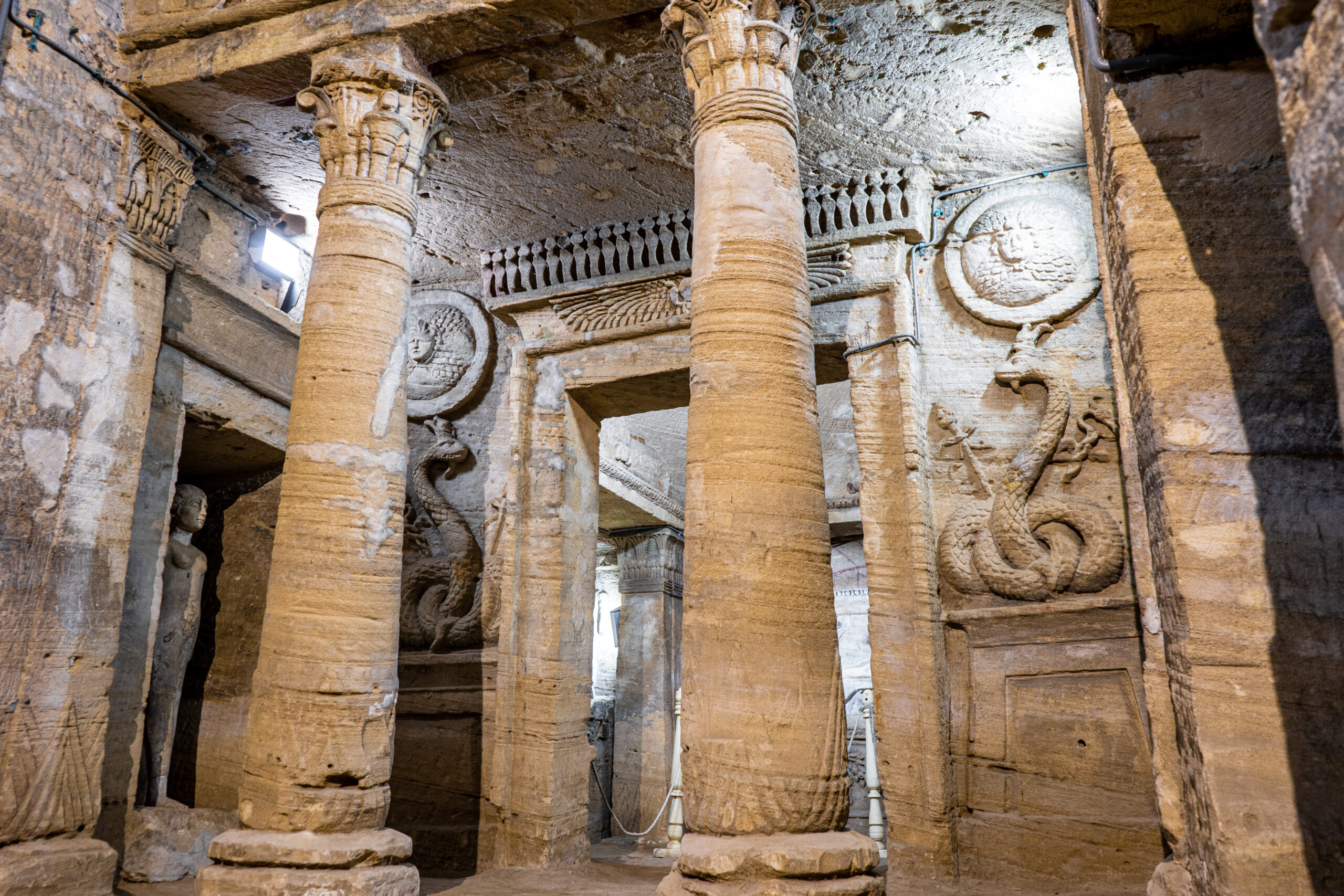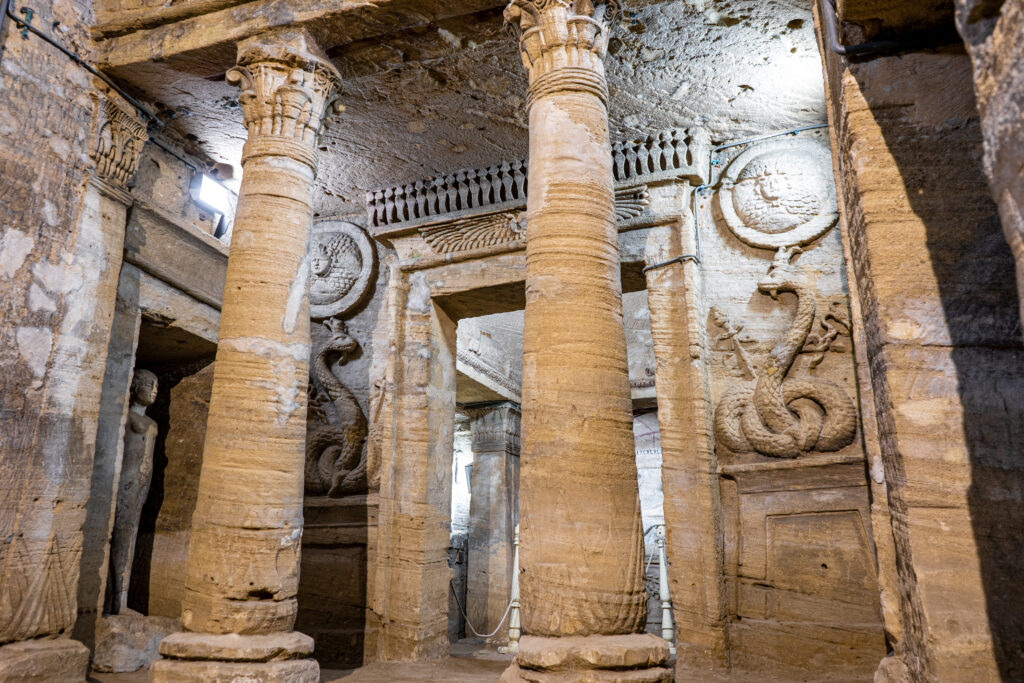Stepping back in time isn’t always about grand castles or famous landmarks; sometimes, it’s the hidden nooks and crannies of history that hold the most intriguing secrets. Let’s uncover some lesser-known historic places that deserve a spotlight.

The Village of Fordwich, England
Though often overshadowed by its famous neighbor, Canterbury, Fordwich stands as Britain’s smallest town, rich with untold stories. This quaint locale once thrived as a bustling port town, vital for the transport of Caen stone used in the construction of Canterbury Cathedral.
Today, its historical significance is preserved in the ancient Town Hall and the serene St. Mary the Virgin Church, where each stone whispers tales from a bygone era.
The Catacombs of Kom el Shoqafa, Alexandria, Egypt
Beneath the bustling streets of Alexandria lie the Catacombs of Kom el Shoqafa, a fascinating blend of Pharaonic and Greco-Roman styles. Discovered by accident in 1900, these tombs represent one of the Seven Wonders of the Middle Ages.
The catacombs, with their spiral staircase and haunting carvings, provide a unique glimpse into the complex cultural fusion of ancient Alexandria.
The Truso Valley, Poland
Next to the bustling city of Elbląg, the Truso Valley might seem unremarkable at first glance, but it’s actually a site of immense archaeological importance. This area was once a bustling trading center of the early medieval period, pivotal in the Viking trade routes across Europe.
Excavations here have unearthed not only artifacts that highlight the daily lives of its inhabitants but also evidence of early international trade connections.
The Greenbrier Bunker, West Virginia, USA
Hidden in plain sight beneath the luxurious Greenbrier Resort lies an enormous Cold War-era bunker. Designed during the 1950s to house the entire United States Congress in case of a nuclear attack, this facility was kept secret from the public until 1992.
The bunker, now declassified, serves as a chilling reminder of the tensions during one of the most precarious eras in modern history.
The Painted Churches of the Troodos Mountains, Cyprus
Tucked away in the serene Troodos Mountains are small, unassuming structures that house some of the most spectacular Byzantine frescoes and paintings in the world. These churches, recognized as UNESCO World Heritage Sites, are artistic gems that illustrate the rich religious and cultural life of Byzantine and post-Byzantine Cyprus.
The Ancient Rock Hewn Churches of Lalibela, Ethiopia
Lalibela, a town in northern Ethiopia, is renowned for its eleven monolithic churches, carved entirely out of rock in the 12th century. This site, often referred to as “New Jerusalem,” was intended as a pilgrimage site when travel to the Holy Land was impractical.
Each church offers a unique architectural style, all connected by an intricate system of tunnels and trenches.
The Underground City of Derinkuyu, Turkey
Buried beneath the surface of the Cappadocia region, Derinkuyu plunges some 60 meters deep. This ancient underground city could shelter as many as 20,000 people along with their livestock and food stores.
Initially used in the Byzantine era to protect inhabitants from invasions, its labyrinthine tunnels and rooms are a testament to ancient ingenuity and survival strategies.
The Lost Villages of St. Lawrence Seaway, Canada
In 1958, the creation of the St. Lawrence Seaway led to the flooding of several Canadian villages. Today, these “Lost Villages” are submerged under Lake St. Lawrence, but occasionally emerge from the depths during low water levels, allowing for a rare and eerie glimpse into the past.
The remnants that peek through the water’s surface stir the imagination about life before the flood.







